Home>Ideas and Tips>How To Design A Child-Safe Backyard
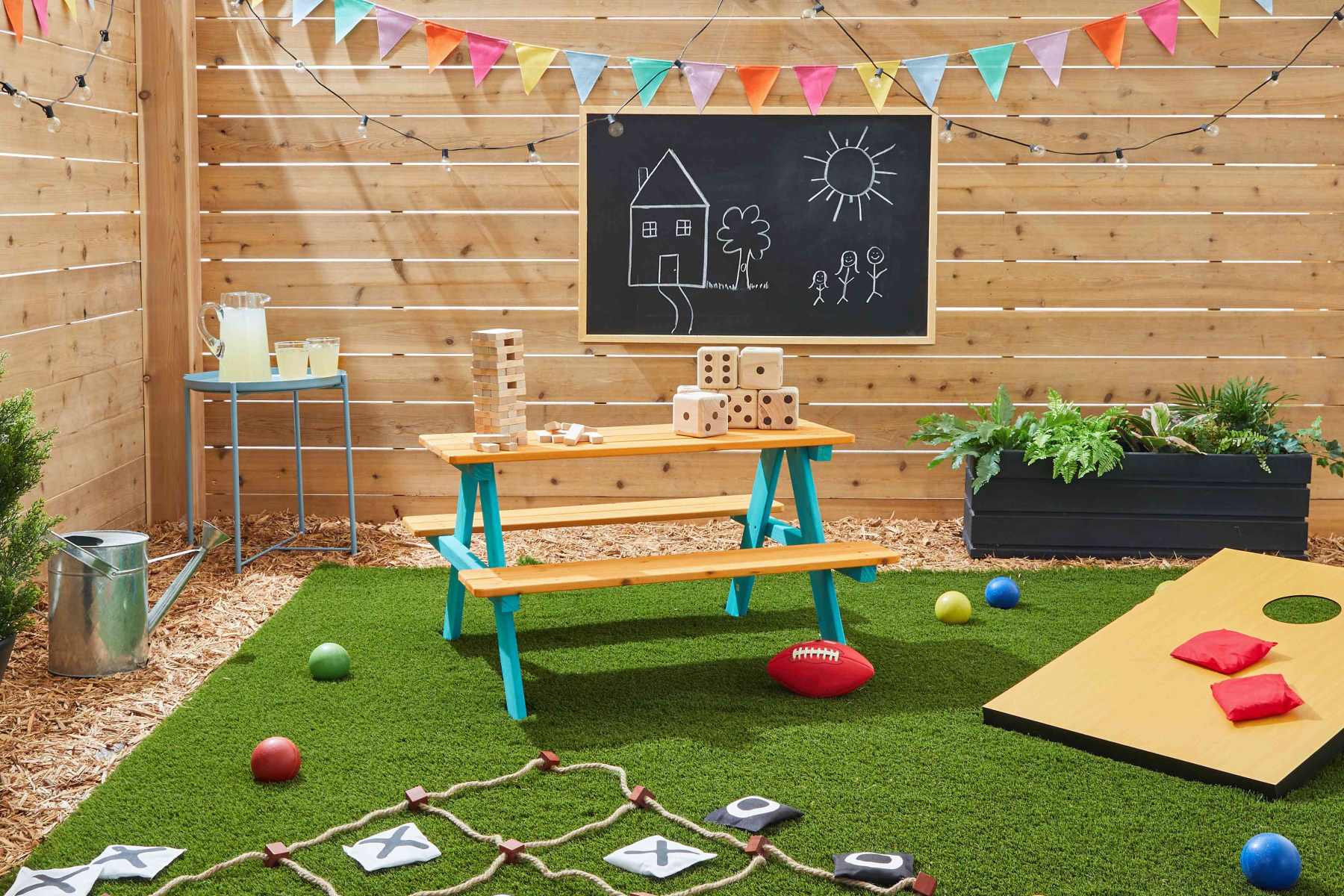

Ideas and Tips
How To Design A Child-Safe Backyard
Published: August 31, 2024
Learn how to design a child-safe backyard with tips on removing hazards, creating safe play areas, and incorporating fun elements.
(Many of the links in this article redirect to a specific reviewed product. Your purchase of these products through affiliate links helps to generate commission for Storables.com, at no extra cost. Learn more)
Designing a backyard that is safe and enjoyable for children is a crucial aspect of creating a family-friendly home. A child-safe backyard not only ensures the well-being of your little ones but also enhances the overall quality of life for your family. In this article, we will delve into the essential elements and practical tips to help you design a backyard that is both fun and secure for your children.
Assessing Your Yard
Before you start designing your child-safe backyard, it is important to assess your yard's current condition. Take note of any potential hazards such as sharp objects, toxic plants, and uneven terrain. This initial assessment will help you identify areas that need immediate attention and guide your design decisions.
Identifying Hazards
- Sharp Objects: Check for any sharp objects like rocks, broken glass, or metal debris. Remove these items to prevent injuries.
- Toxic Plants: Ensure that you do not have any toxic plants in your yard. Some plants can be poisonous if ingested by children, so it is crucial to replace them with safe alternatives.
- Uneven Terrain: Level out any uneven areas to prevent tripping hazards.
Read more: How To Make A Child’s Pillowcase
Creating a Safe Play Area
A child-safe backyard should have a designated play area where kids can enjoy themselves without worrying about safety risks. Here are some tips to create a safe play area:
Soft Surfaces
- Grass and Mulch: Use grass or mulch as the primary surface for your play area. These materials are soft and can cushion falls, reducing the risk of injury.
- Rubber Mulch: Consider using rubber mulch, which is made from recycled tires and provides excellent cushioning.
Fencing
- Fencing Height: Install fencing around the play area to prevent children from wandering off or getting into other parts of the yard that may be hazardous.
- Gate Safety: Ensure that gates are secure and out of reach for young children. You can install self-latching gates or use safety latches that require a key or combination to open.
Designing for Accessibility
Accessibility is key in creating a child-safe backyard. Here are some design elements that can enhance accessibility:
Pathways
- Wide Paths: Create wide pathways that are easy for children to navigate. Avoid narrow paths that could lead to tripping hazards.
- Ramps: Install ramps instead of stairs if you have a raised area in your yard. Ramps are safer and easier for young children to use.
Seating Areas
- Benches and Tables: Place benches and tables in shaded areas where children can rest and enjoy snacks or meals without being exposed to direct sunlight.
- Swing Sets: Install swing sets with safety features like soft landing surfaces underneath them.
Incorporating Safety Features
In addition to soft surfaces and fencing, there are several other safety features you can incorporate into your child-safe backyard design:
Water Features
- Ponds and Pools: If you have a pond or pool in your yard, ensure that it is securely fenced and out of reach for young children. Consider installing a fence around the pool area that is at least 4 feet high.
- Water Play Areas: Create water play areas with shallow water and soft surfaces underneath. These areas should be designed with safety in mind, including drainage systems to prevent water accumulation.
Outdoor Lighting
- Motion-Sensitive Lights: Install motion-sensitive lights around the perimeter of your yard to deter intruders and improve visibility at night.
- Solar-Powered Lights: Use solar-powered lights for pathways and play areas to reduce energy consumption and minimize the risk of electrical shock.
Incorporating Fun Elements
While safety is paramount, it's also important to incorporate fun elements into your child-safe backyard design:
Play Equipment
- Swing Sets: Install swing sets with safety features like soft landing surfaces underneath them.
- Climbing Structures: Incorporate climbing structures like ladders, rope ladders, or climbing walls that are designed with safety in mind.
Gardening Areas
- Kid-Friendly Plants: Plant kid-friendly plants like tomatoes, cucumbers, or herbs that are easy for children to grow and maintain.
- Raised Beds: Use raised beds that are low to the ground and easy for young children to reach.
Read more: Creating A Family-Friendly Backyard Garden
Maintenance Tips
Maintaining a child-safe backyard requires regular upkeep to ensure that it remains safe and enjoyable for your children:
Regular Inspections
- Conduct regular inspections of your yard to identify any potential hazards.
- Check for loose boards on decks or fences and repair them promptly.
Seasonal Preparations
- Prepare your yard for different seasons by cleaning up leaves in autumn and ensuring that pathways are clear during winter months.
- Trim back overgrown plants during springtime to maintain visibility and prevent accidents.
Conclusion
Designing a child-safe backyard is an ongoing process that requires careful planning and regular maintenance. By assessing your yard's current condition, creating a safe play area with soft surfaces and fencing, designing for accessibility with wide pathways and ramps, incorporating safety features like water features and outdoor lighting, adding fun elements like play equipment and gardening areas, and maintaining your yard regularly, you can create a space where your children can enjoy themselves while staying safe.
Remember, safety should always be your top priority when designing a backyard for children. With these tips and guidelines in mind, you'll be well on your way to creating a fun and secure environment for your family to enjoy together.
FAQs
Q: What are some common hazards in a backyard that I should be aware of?
A: Common hazards include sharp objects like rocks or broken glass, toxic plants, uneven terrain, and electrical outlets or appliances that could pose a risk to children.
Q: How can I ensure my water features are safe for children?
A: Ensure that water features like ponds or pools are securely fenced and out of reach for young children. Consider installing a fence around the pool area that is at least 4 feet high.
Q: What type of fencing is best for a child-safe backyard?
A: The best type of fencing for a child-safe backyard is one that is at least 4 feet high and made from durable materials like wood or metal. Ensure that gates are secure and out of reach for young children.
Q: How often should I inspect my backyard for potential hazards?
A: Regular inspections should be conducted at least once a month to identify any potential hazards. This includes checking for loose boards on decks or fences and ensuring that pathways are clear.
By following these guidelines and tips, you can create a child-safe backyard that is both enjoyable and secure for your family.
Was this page helpful?
At Storables.com, we guarantee accurate and reliable information. Our content, validated by Expert Board Contributors, is crafted following stringent Editorial Policies. We're committed to providing you with well-researched, expert-backed insights for all your informational needs.
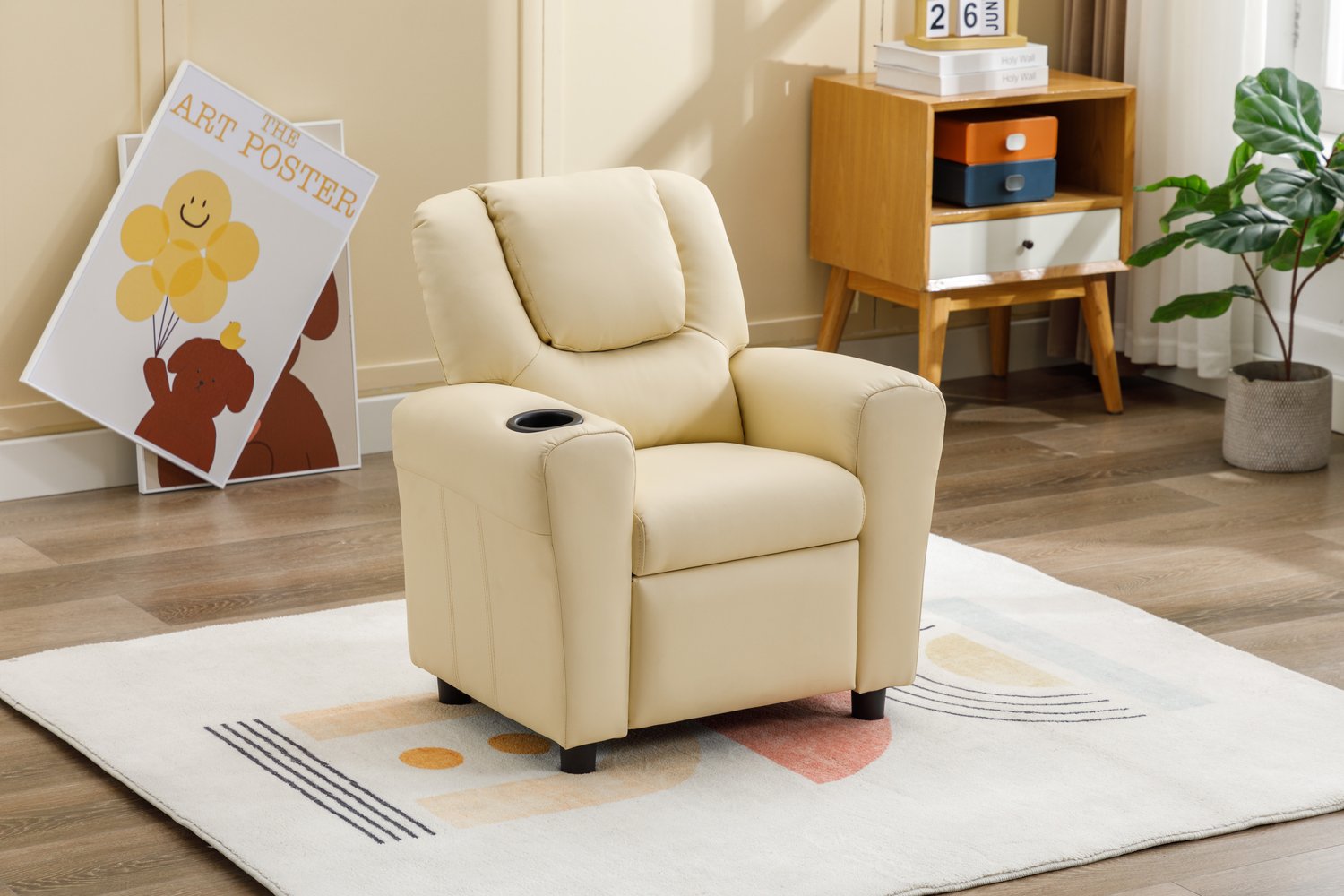
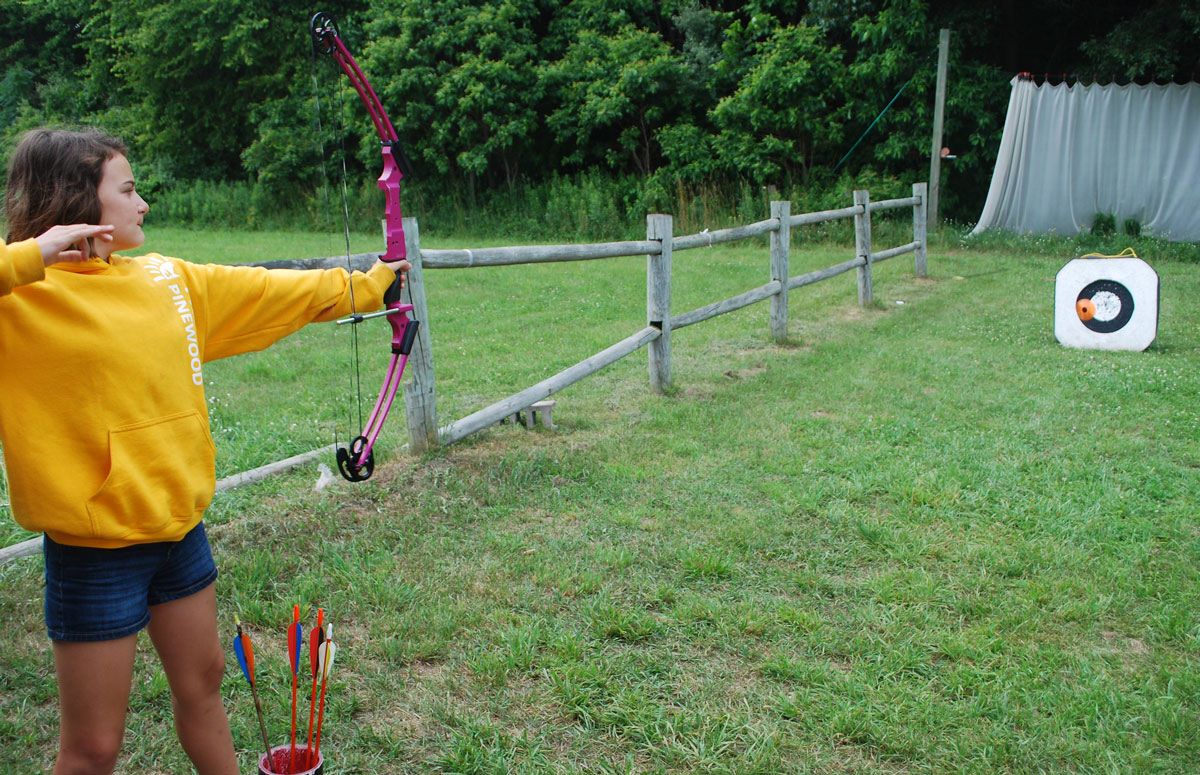
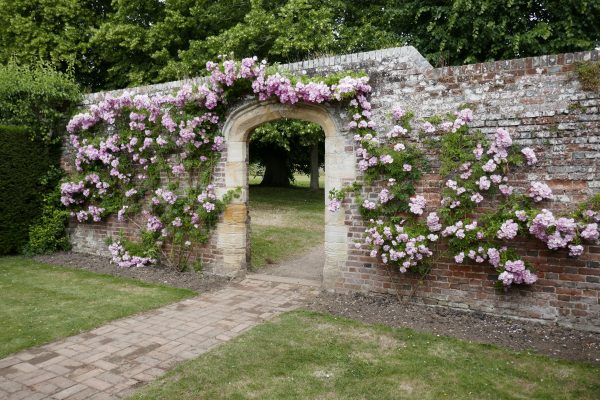
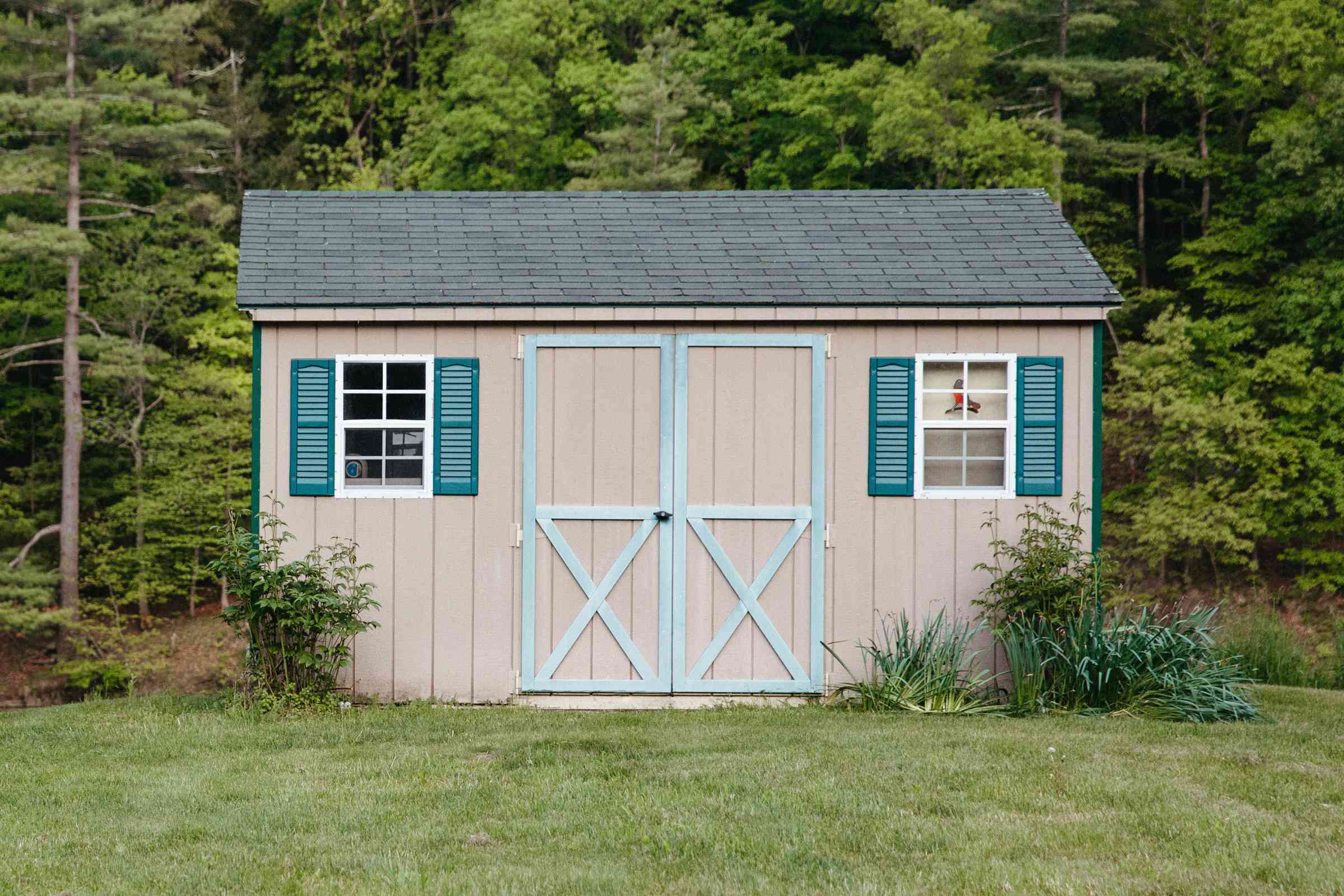


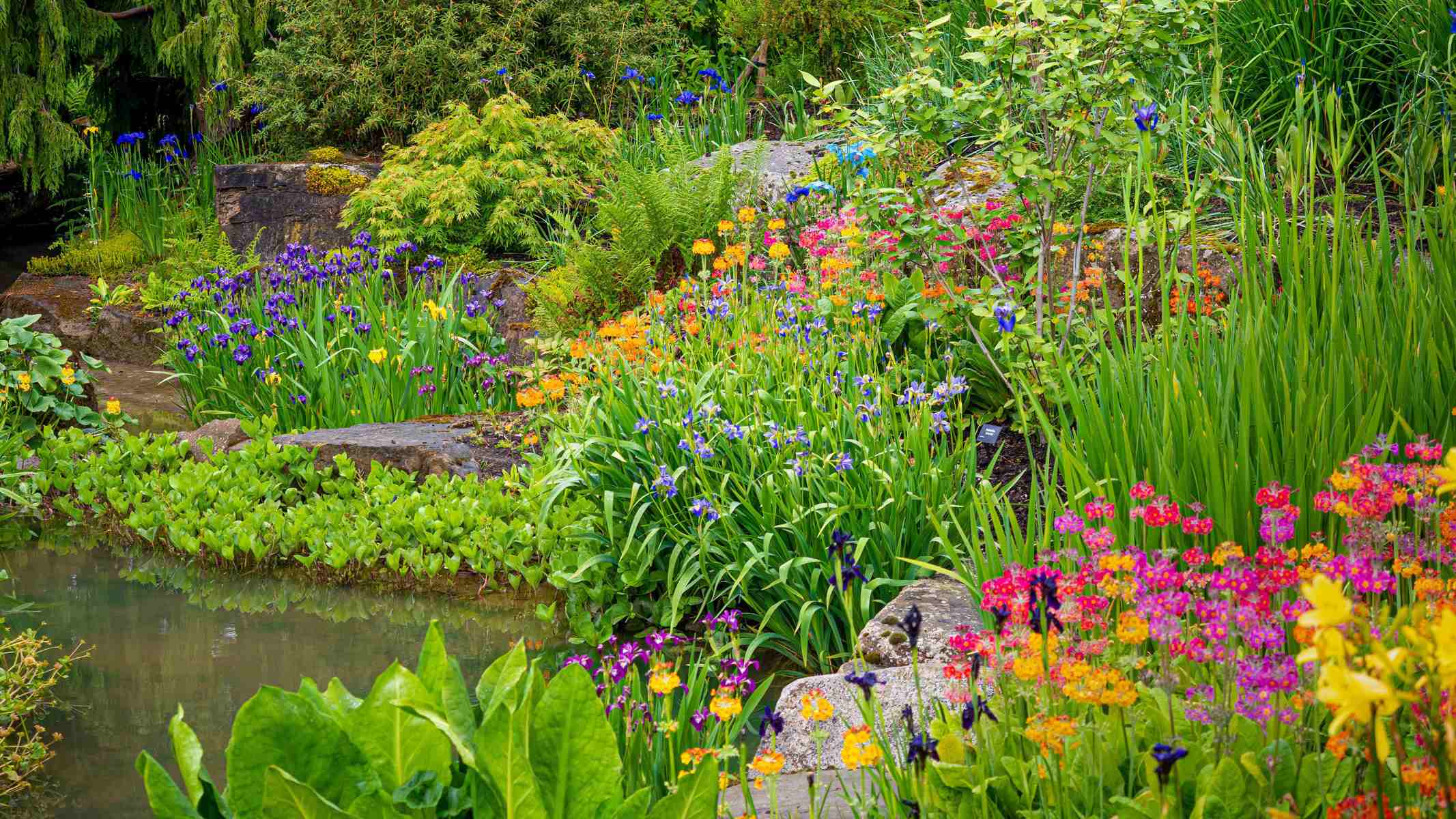
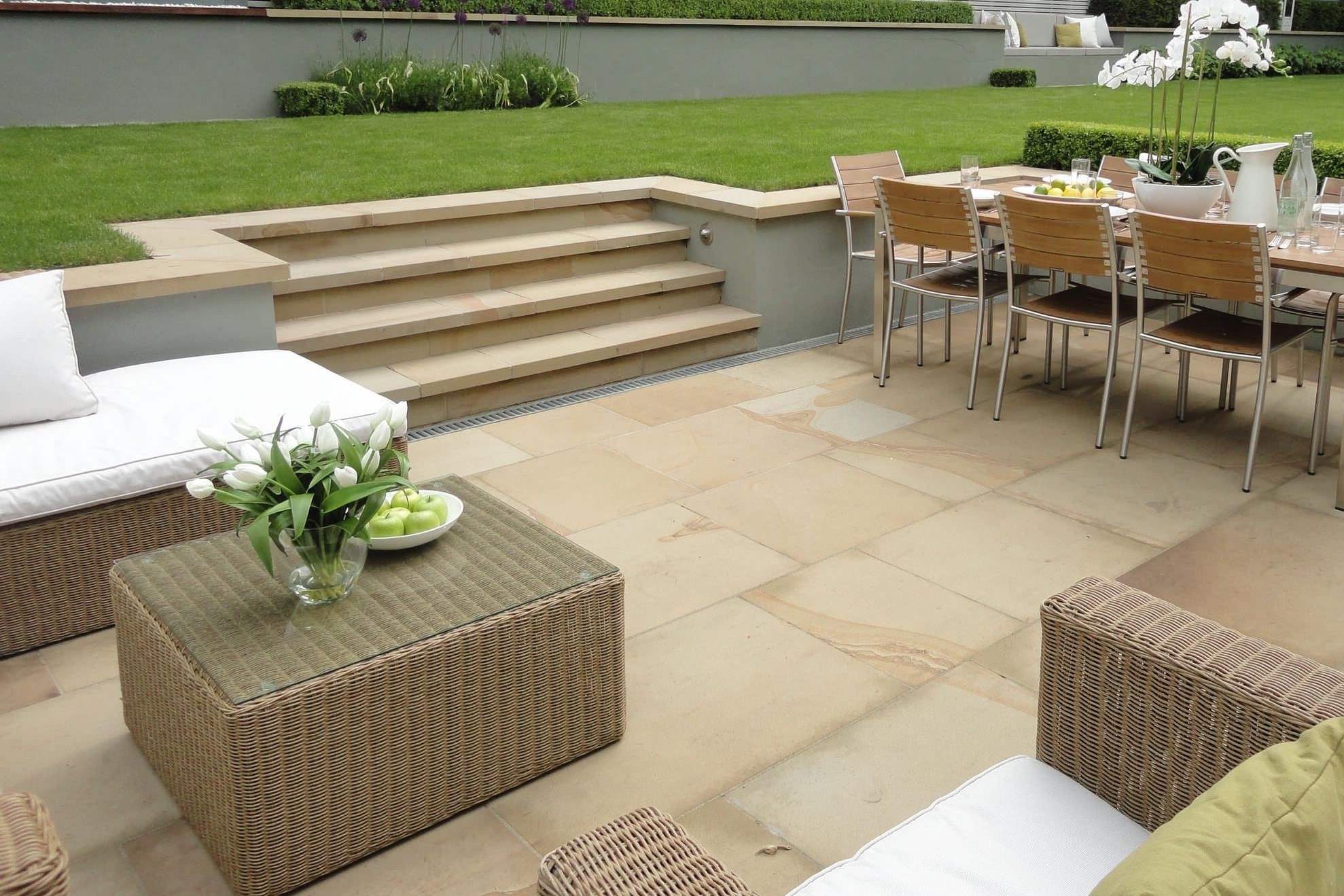
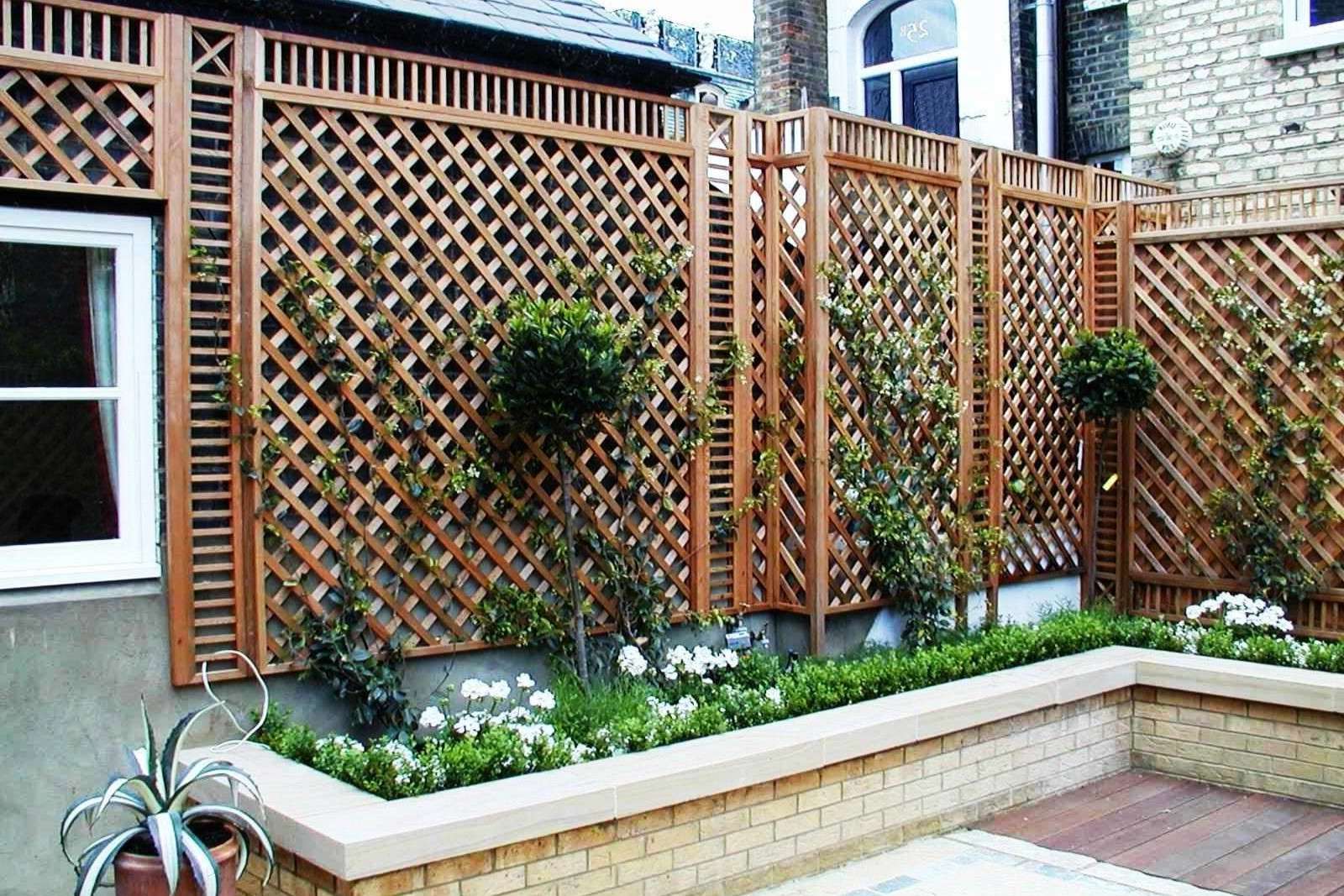
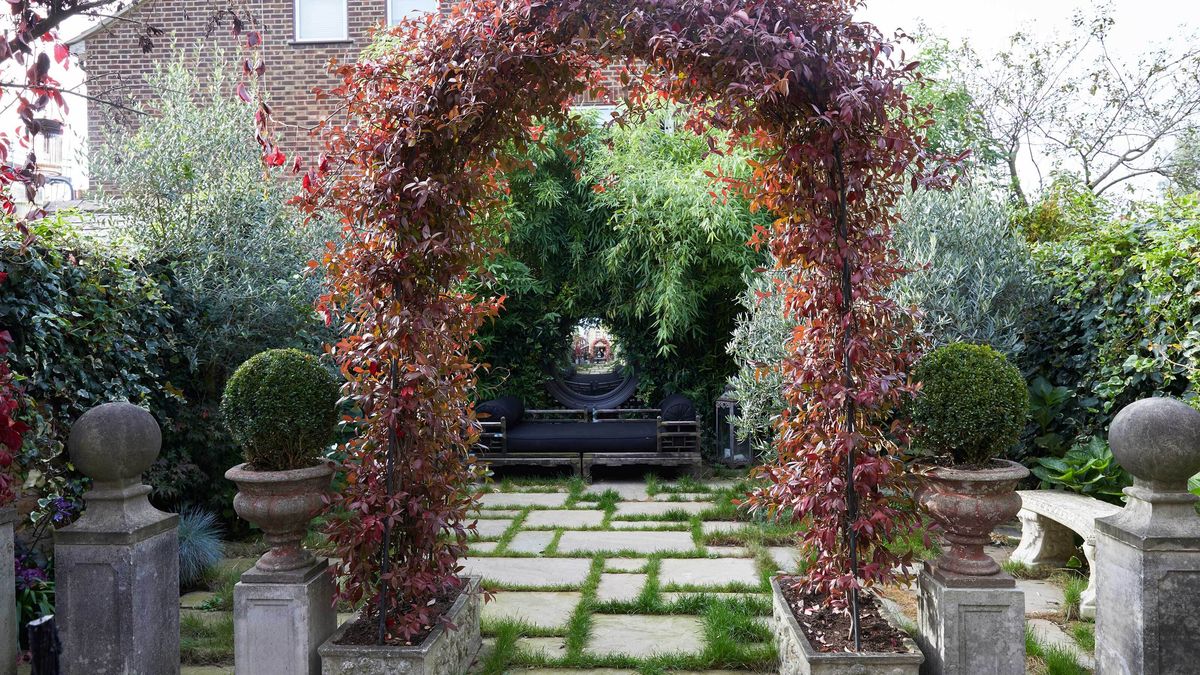
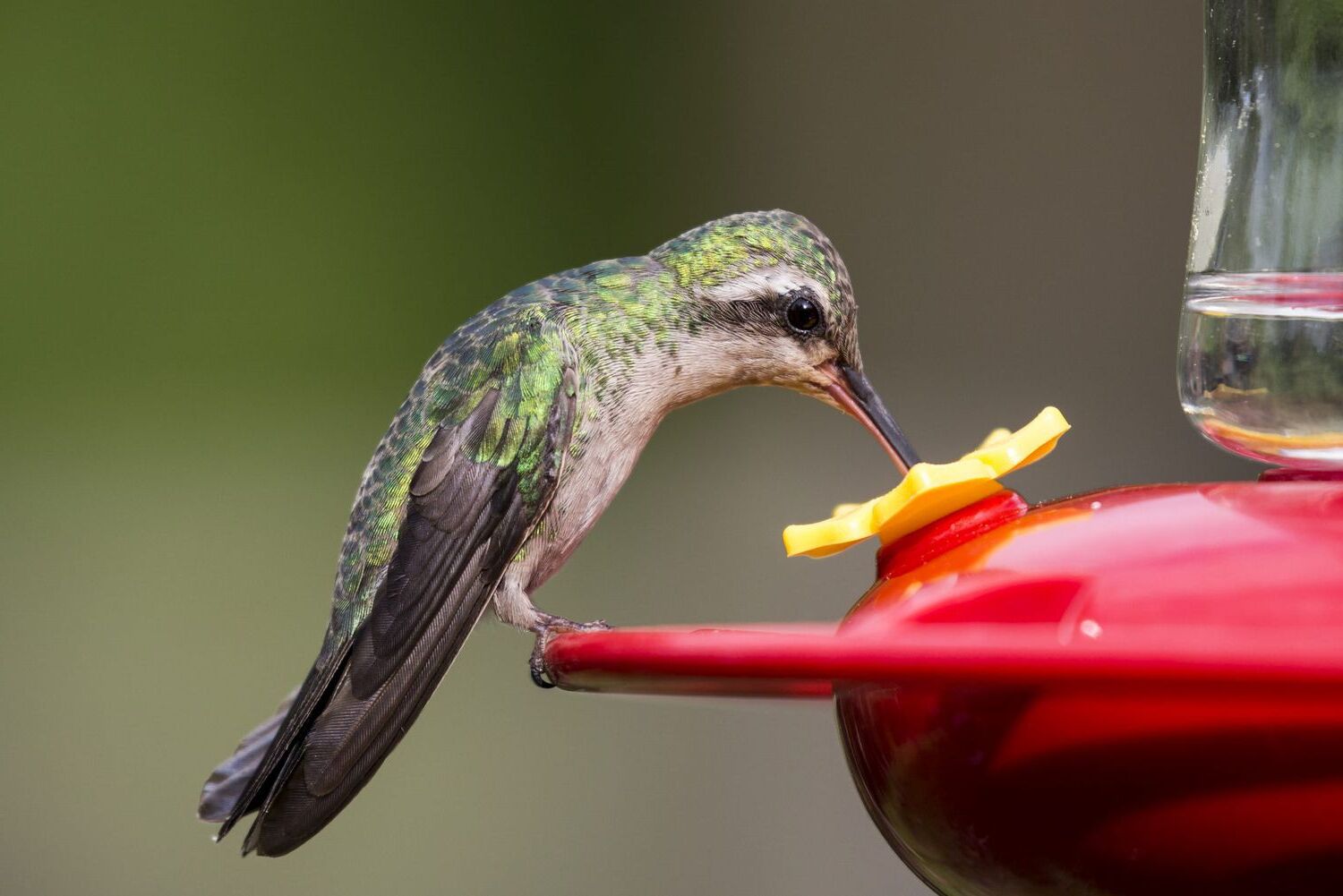
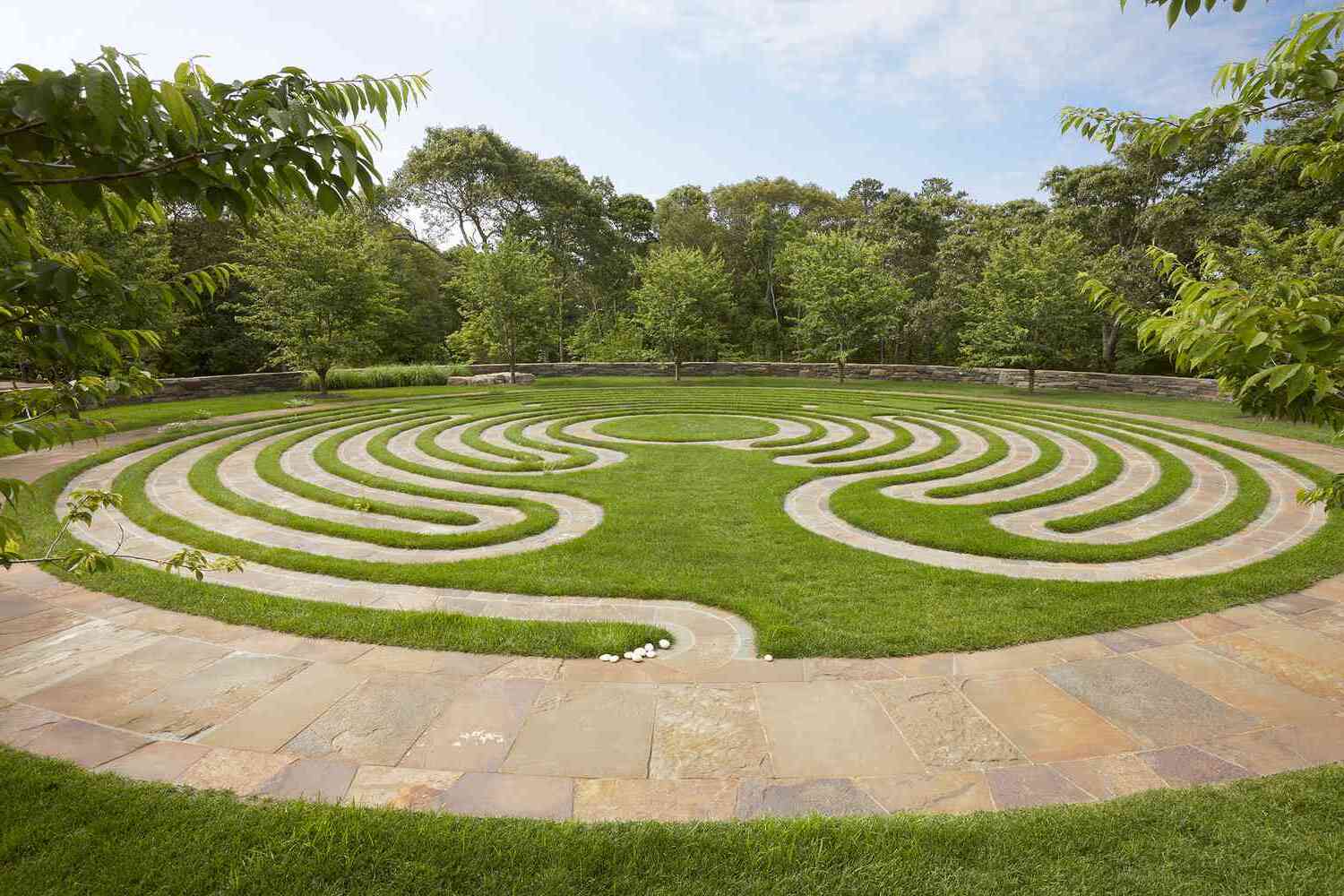
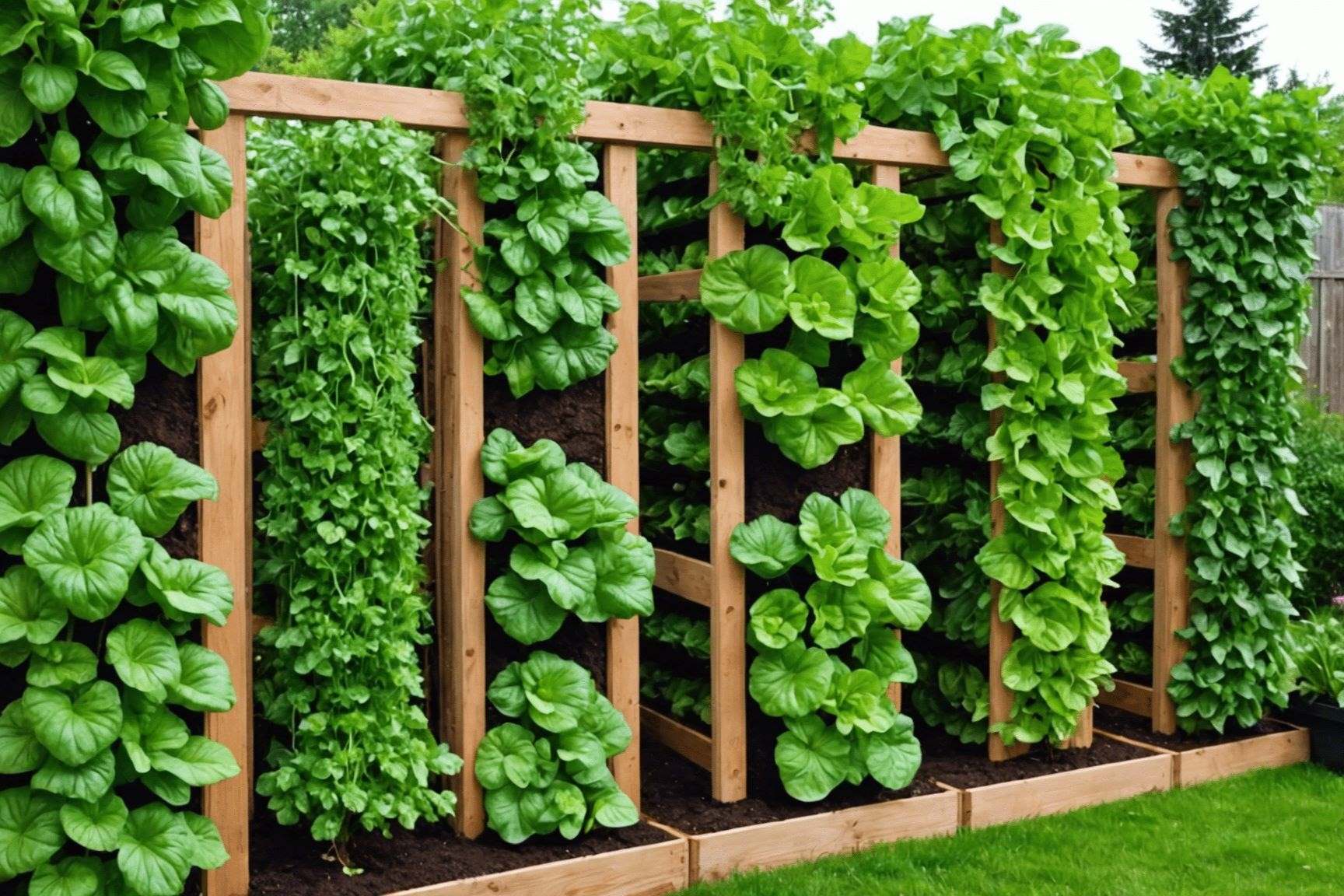


0 thoughts on “How To Design A Child-Safe Backyard”